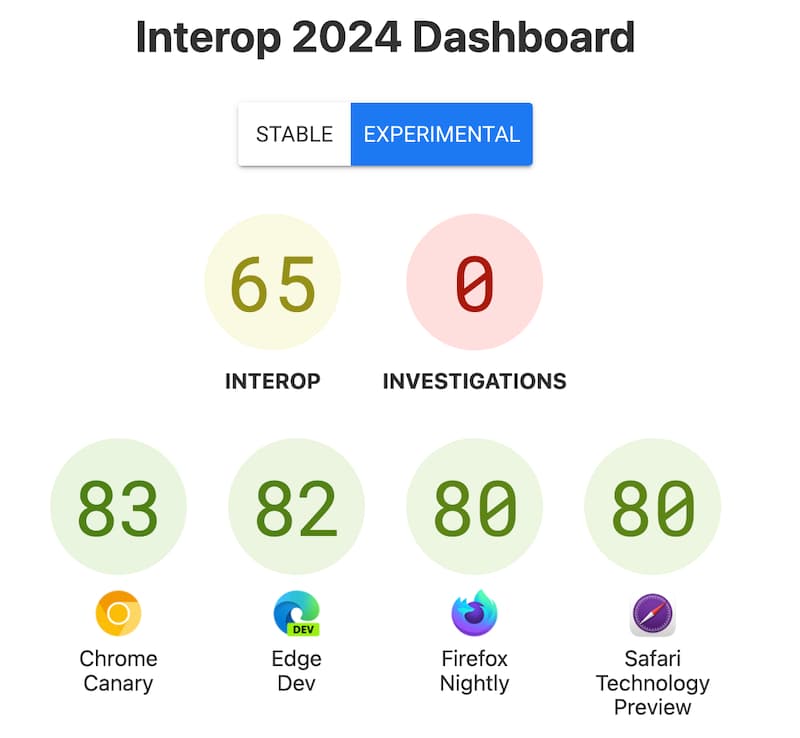This is a brilliant interview, in that Oren Eini just talks for about 40 minutes, answering pretty much just one or two questions.
Oren Eini on Building Projects that Endure by Technology and Friends (YouTube)
At one point (I forget where), he says,
“I don’t like unit tests.”
Agreed. I likelove automated tests. They’re indispensable. But I think unit tests are only useful when you want to focus on a failing integration test. David rightly points out that they’re really good for pinpointing where a problem actually happens, but Eini says that they also “hinder change”... [More]












